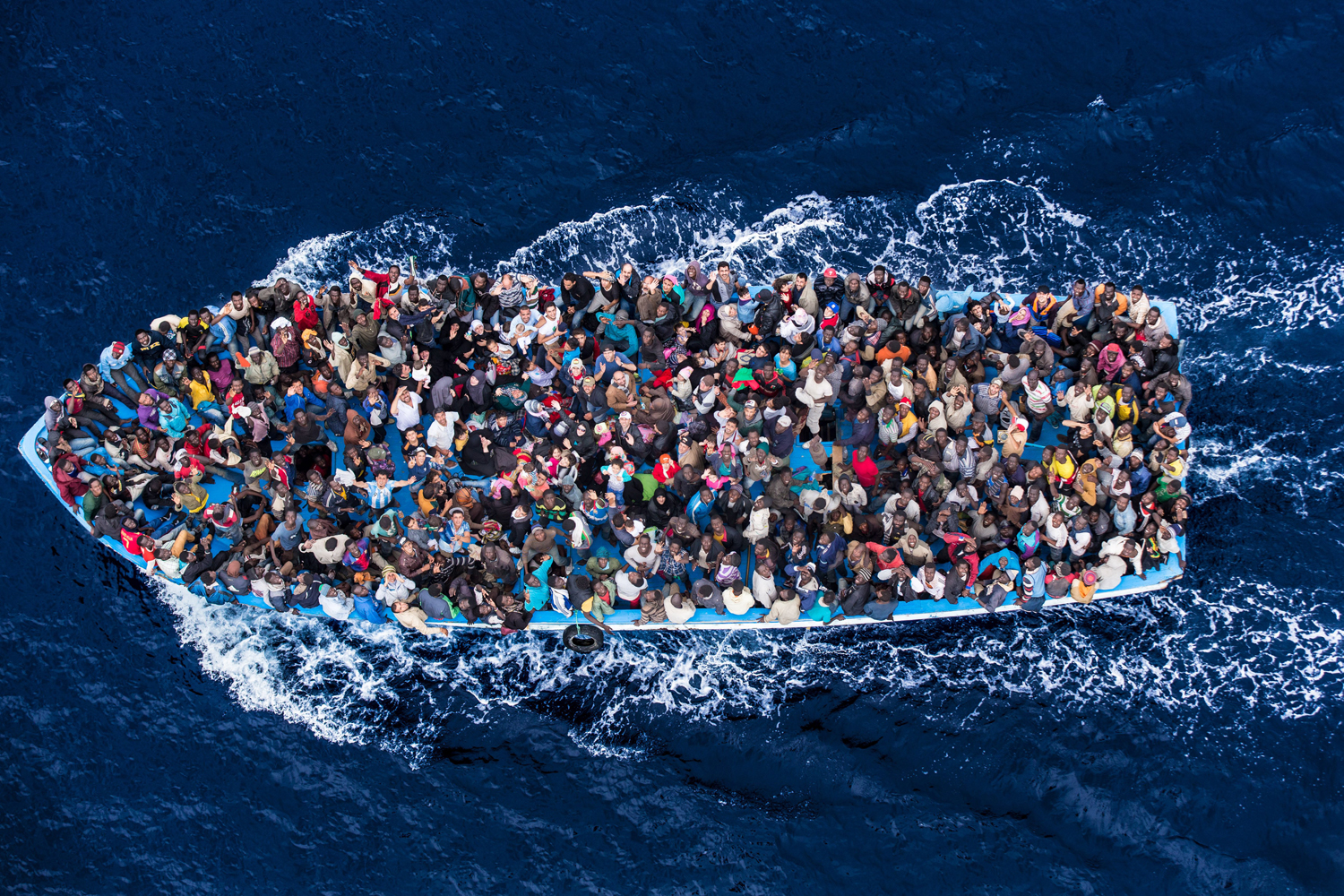
Eight months after a boat carrying hundreds of migrants sank off the coast of Lampedusa, killing more than 360 people and spurring an international outcry, the flow of migrants risking the perilous sea journey to Europe shows no signs of letting up.
Already this year, the number of migrants arriving by boat on Italy’s shores has surpassed 40,000, the total number of migrants that arrived in 2013. Earlier this month, Italy said it rescued some 5,200 people in the span of just four days. Officials there warn that many more will die without broader support from across Europe.
Tens of thousands of refugees and migrants make the journey to Europe annually, departing from dozens of countries in Africa and the Middle East, according to the European Parliament. In recent years, Syrians fleeing the civil war in their country have joined the ranks of Eritreans, Sudanese and Somalis looking for a better life, the UN said in April.
On World Refugee Day, June 20, TIME is publishing a collection of images from photographer Massimo Sestini, who accompanied the Italian navy on its rescue missions earlier this month. The shots depict the treacherous conditions in which tens of thousands of migrants and refugees attempt the crossing, packed in rickety motorboats with limited supplies. But they also reveal, in a manner rarely seen, the human faces of some of the men, women and children who risk everything to make it to Europe.
After the tragedy off of Lampedusa, Italy began a naval mission dubbed “Mare Nostrum,” Latin for “Our Sea,” to patrol the waters. The operation has rescued some 30,000 people, but officials in Italy and Greece are calling for support in the face of this summer’s expected calm seas and warmer weather, when journeys are likely to jump. Italian Interior Minister Angelino Alfano warned earlier this week that Italy might not be able to afford to continue Mare Nostrum without EU support.
Last month, Enzo Bianco, Mayor of Sicily’s Catania, condemned Europe’s “deafening silence” at a funeral for 17 migrants who died off the coast of Libya, the Guardian reported. “Faced with these coffins, Europe must choose [whether to] bury our consciences of civilized men along with them,” he said.



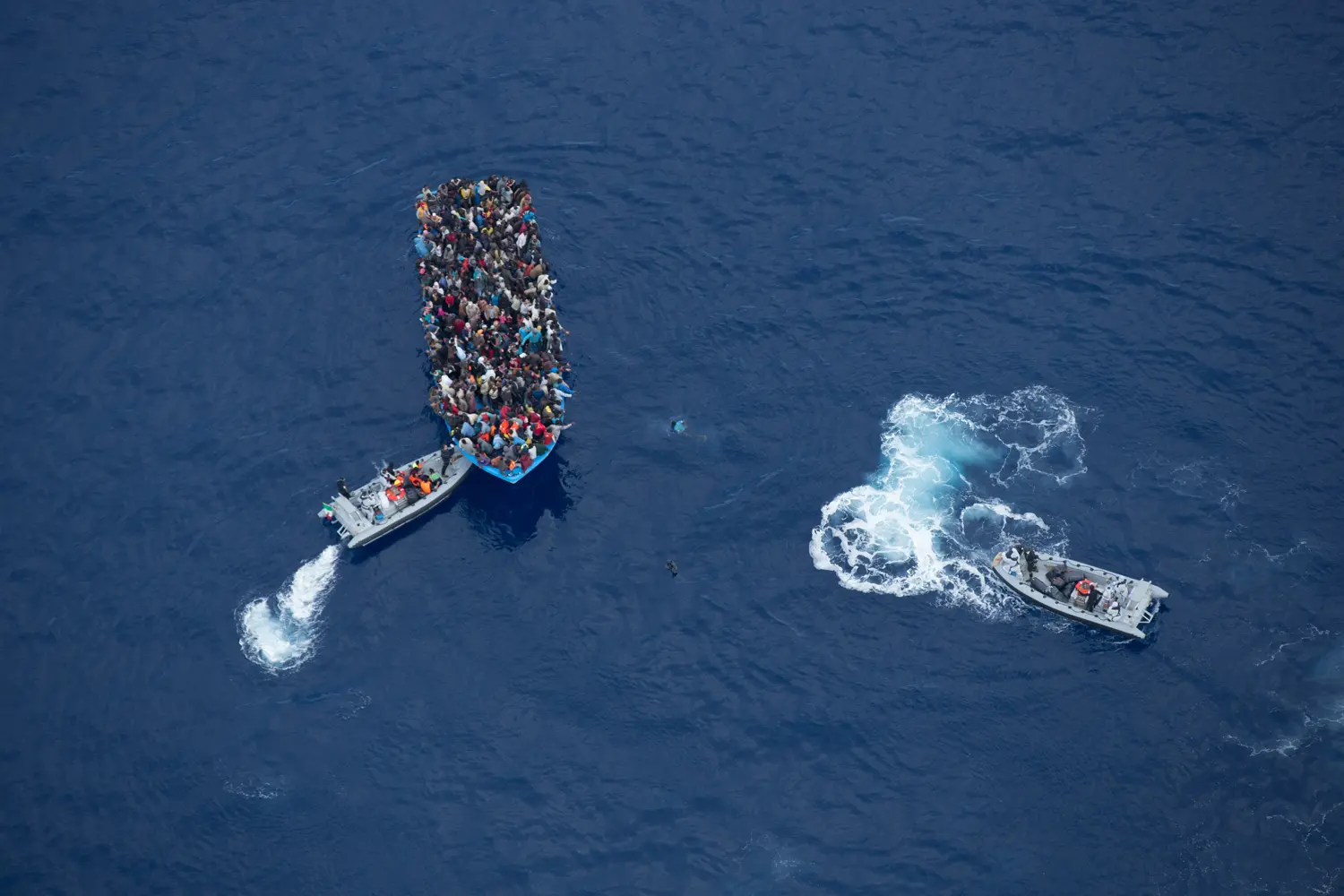

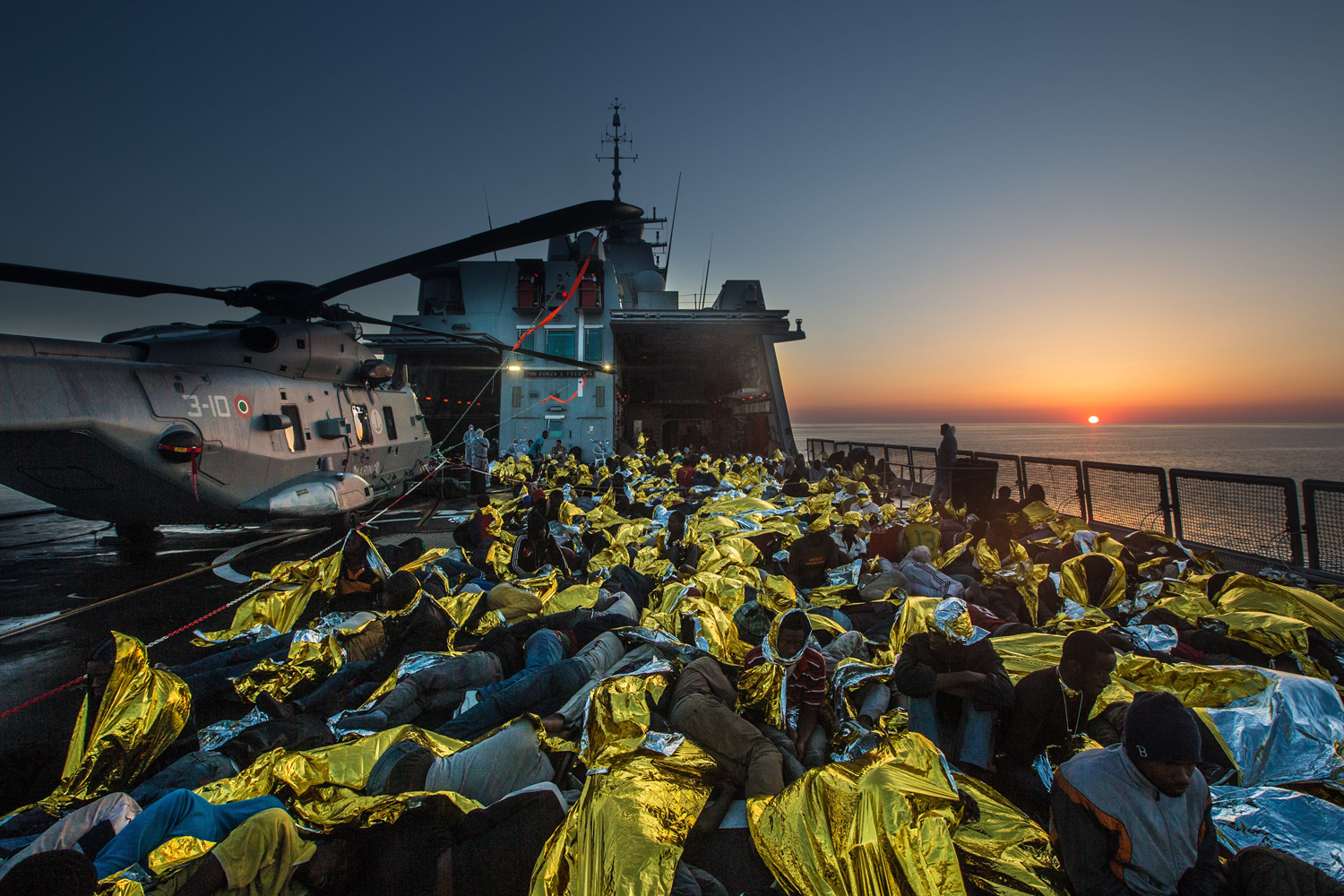
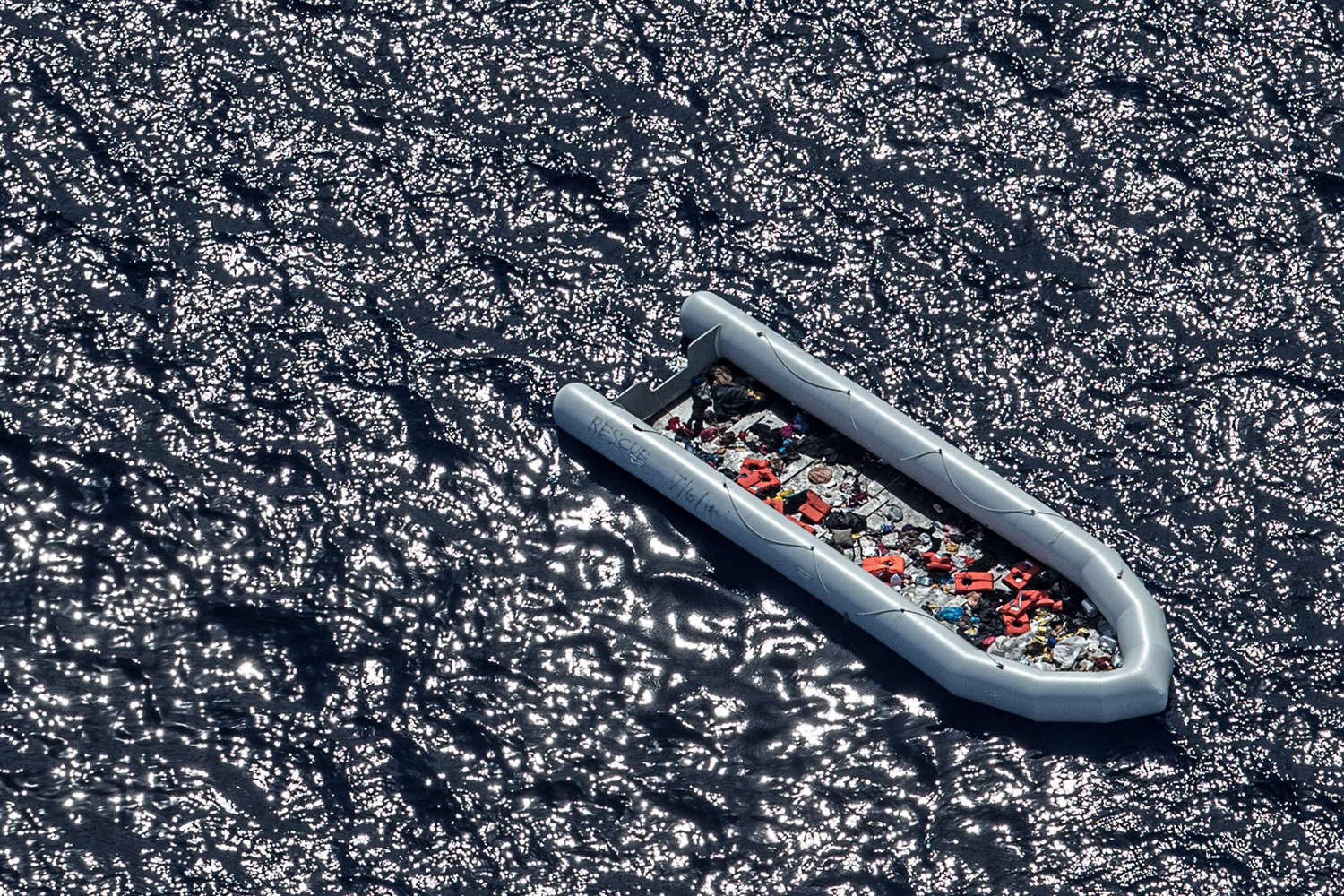
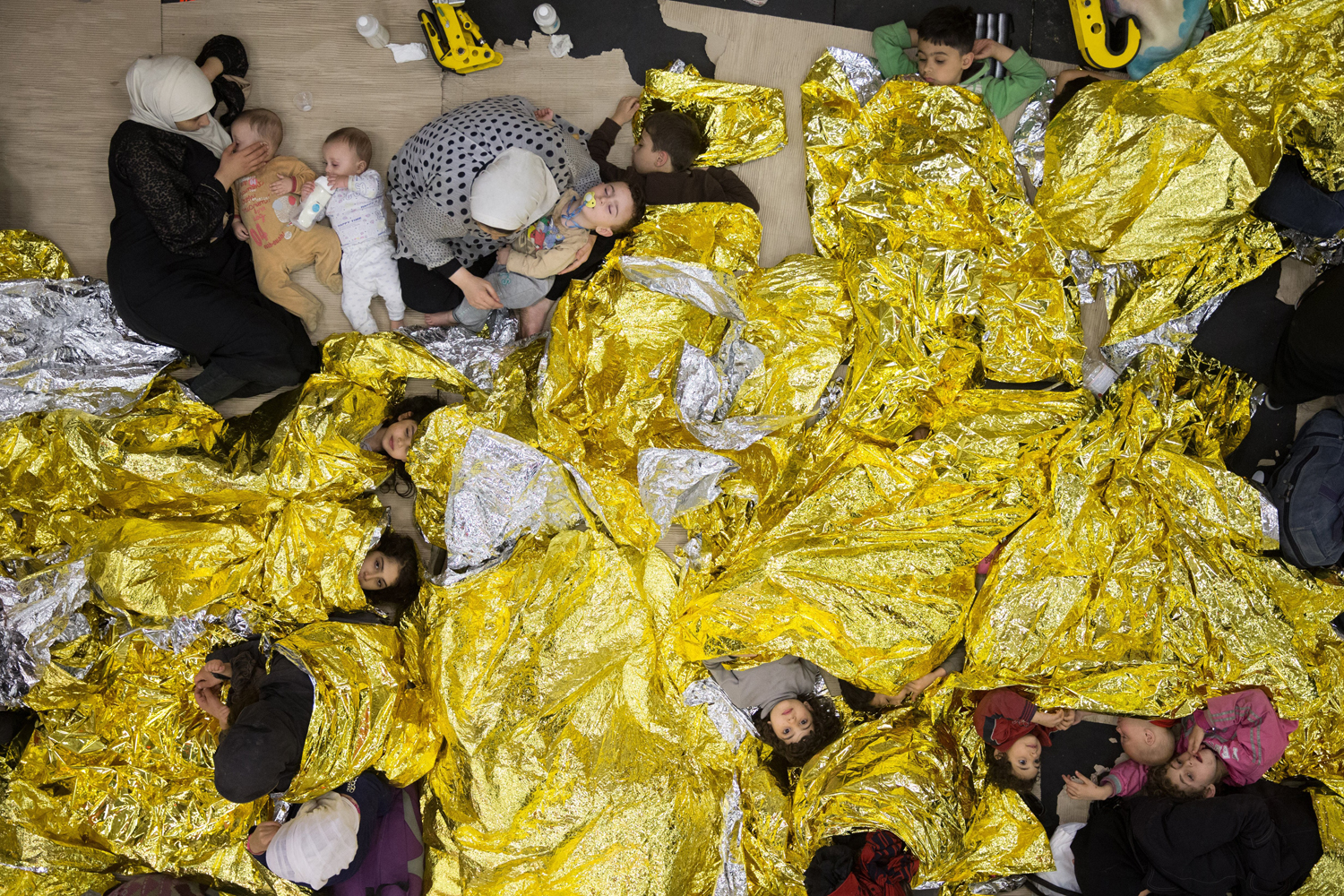
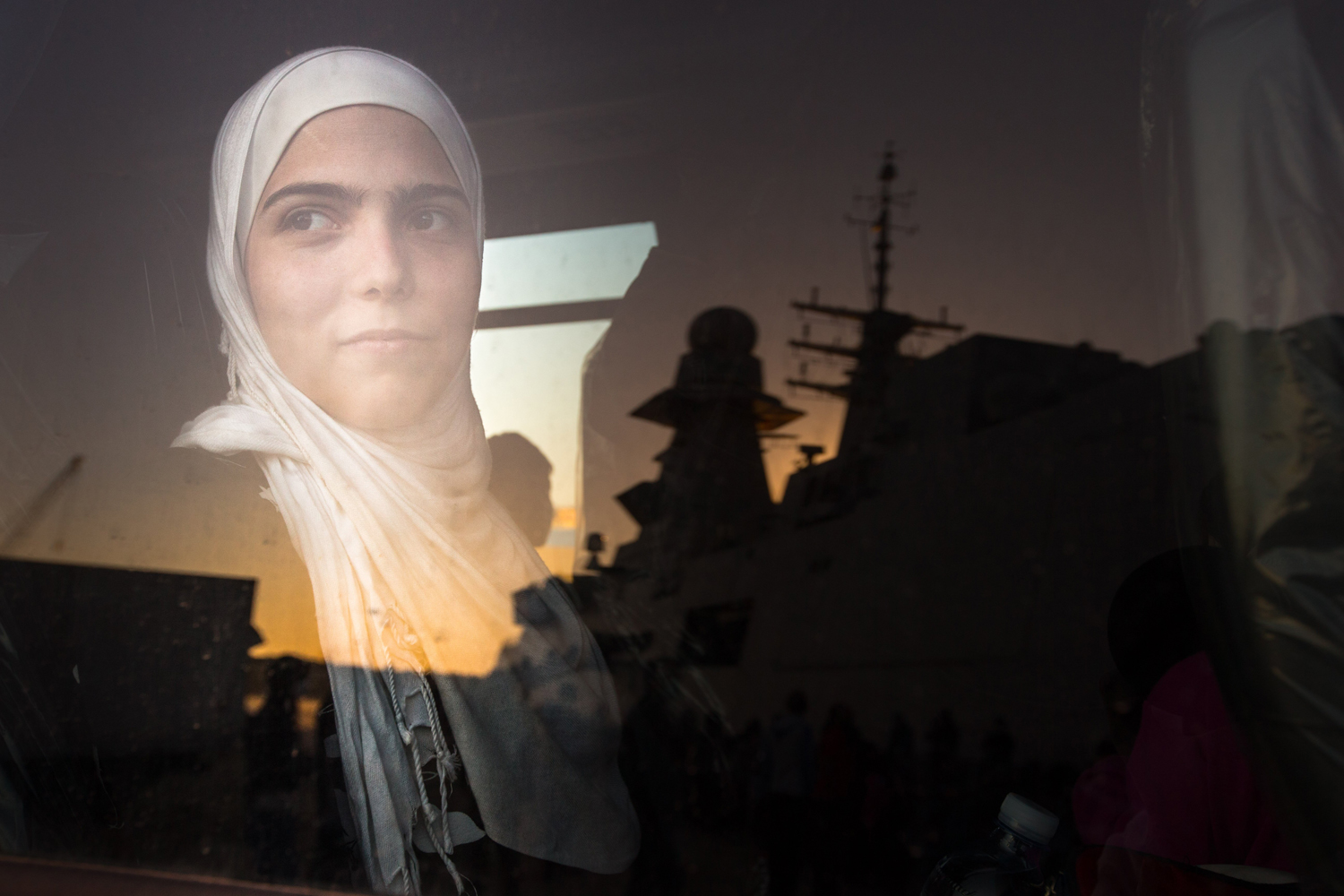

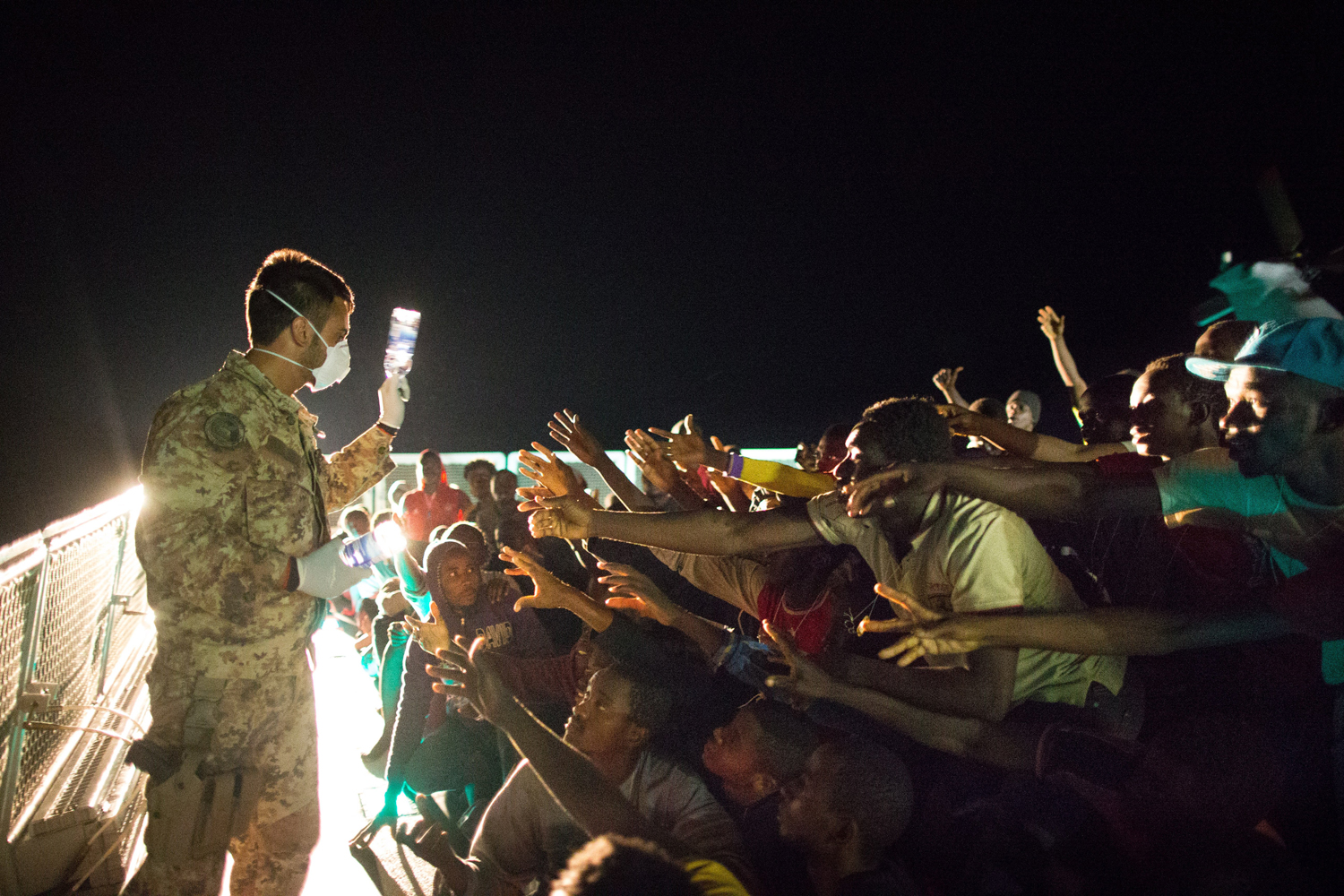

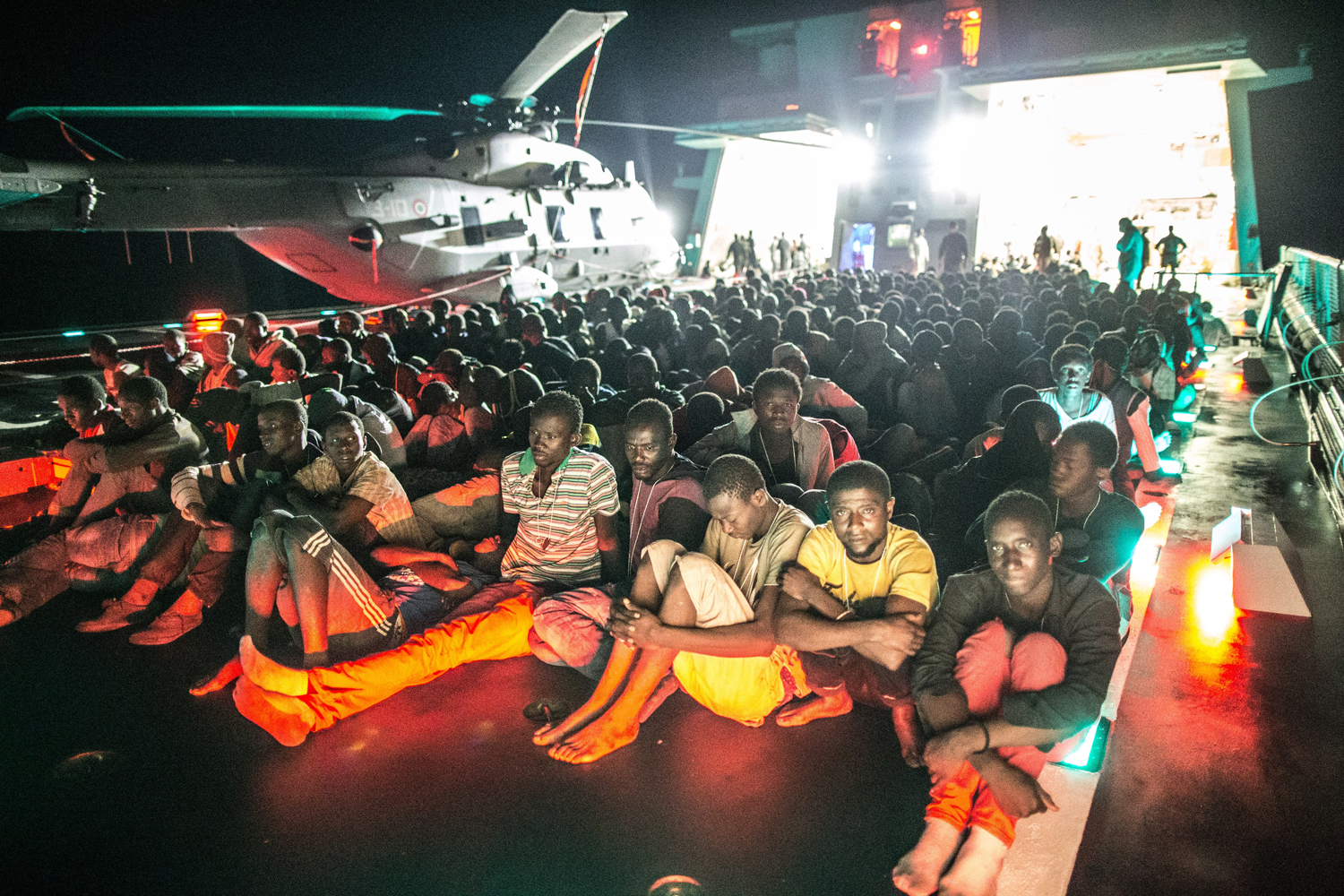
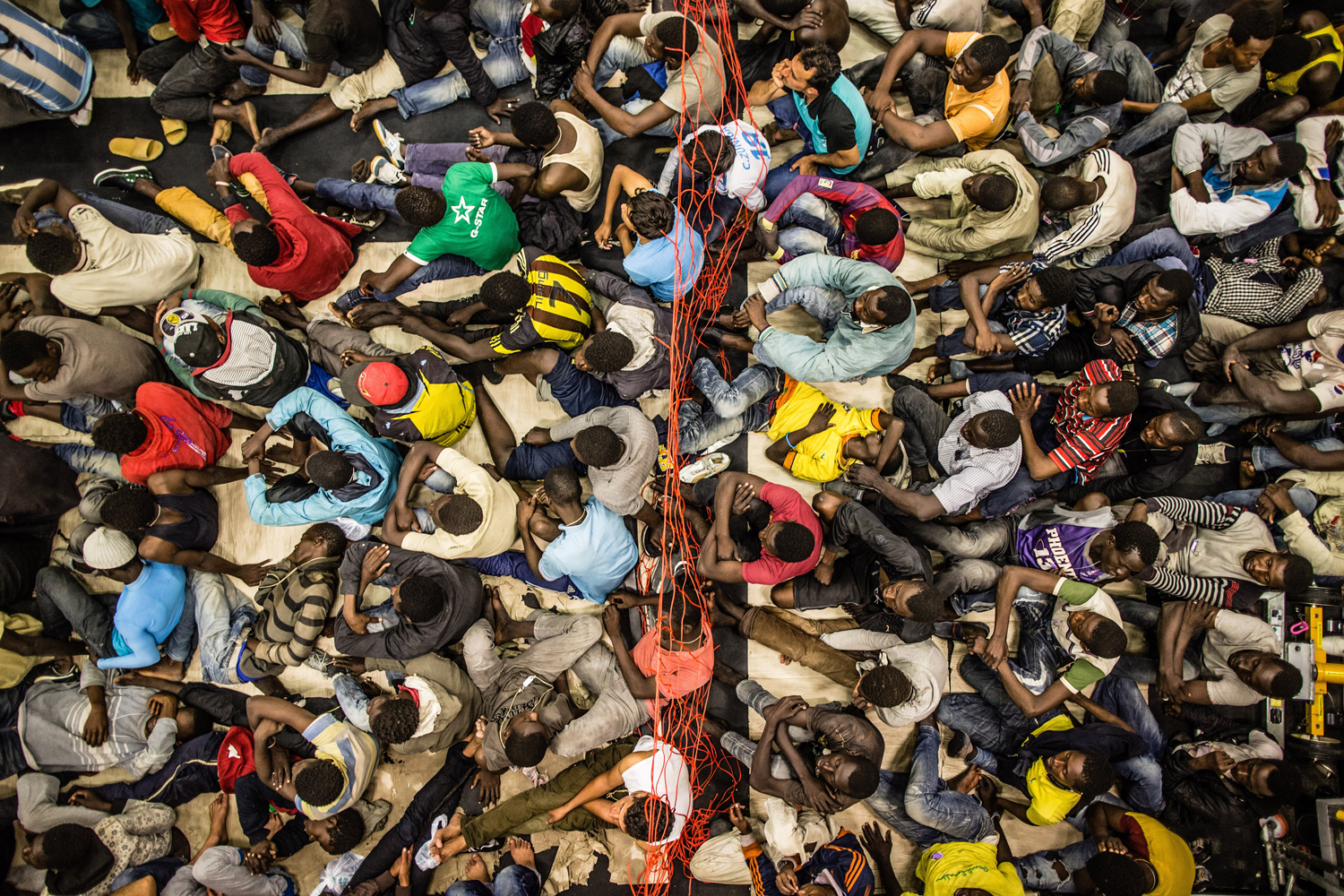
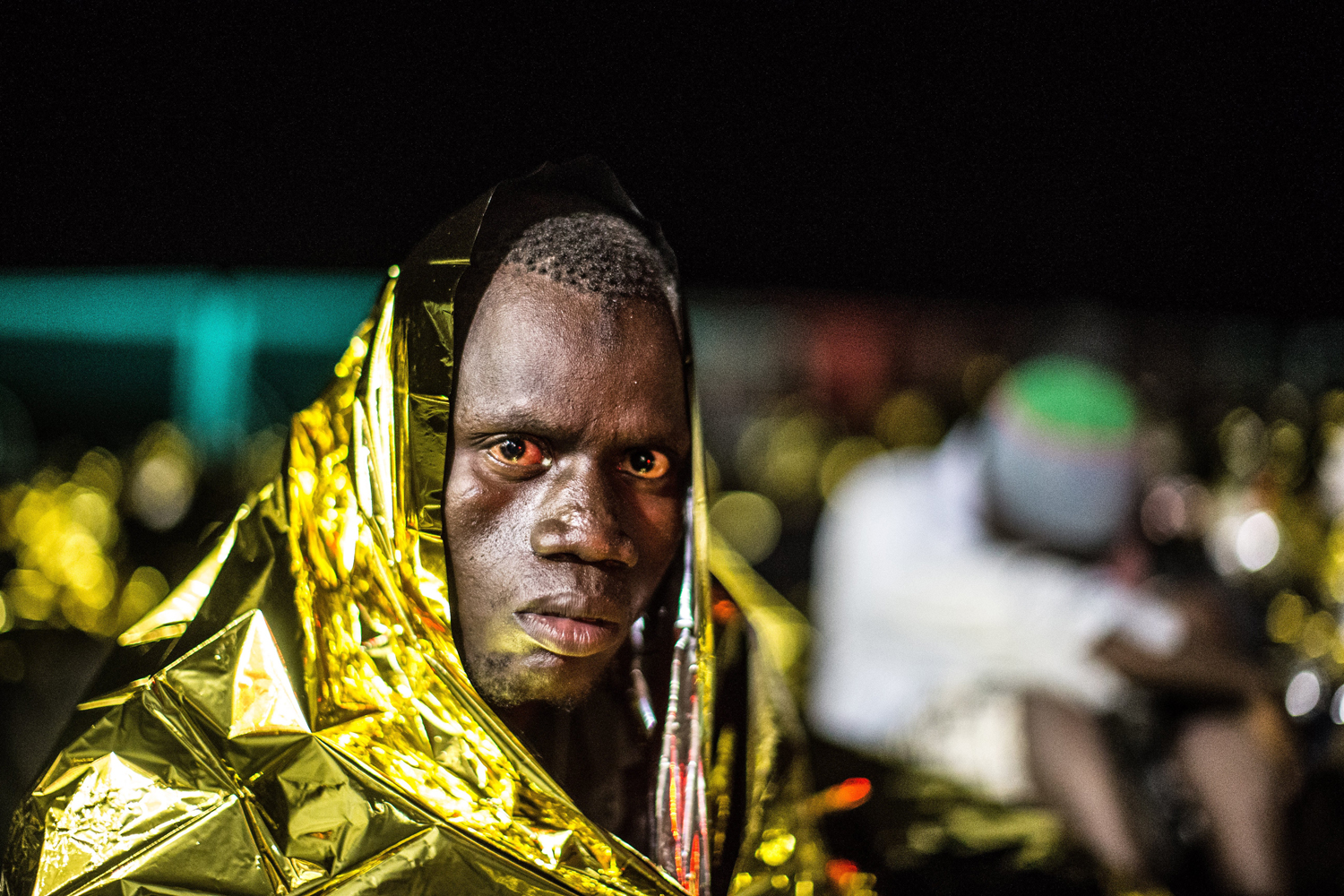
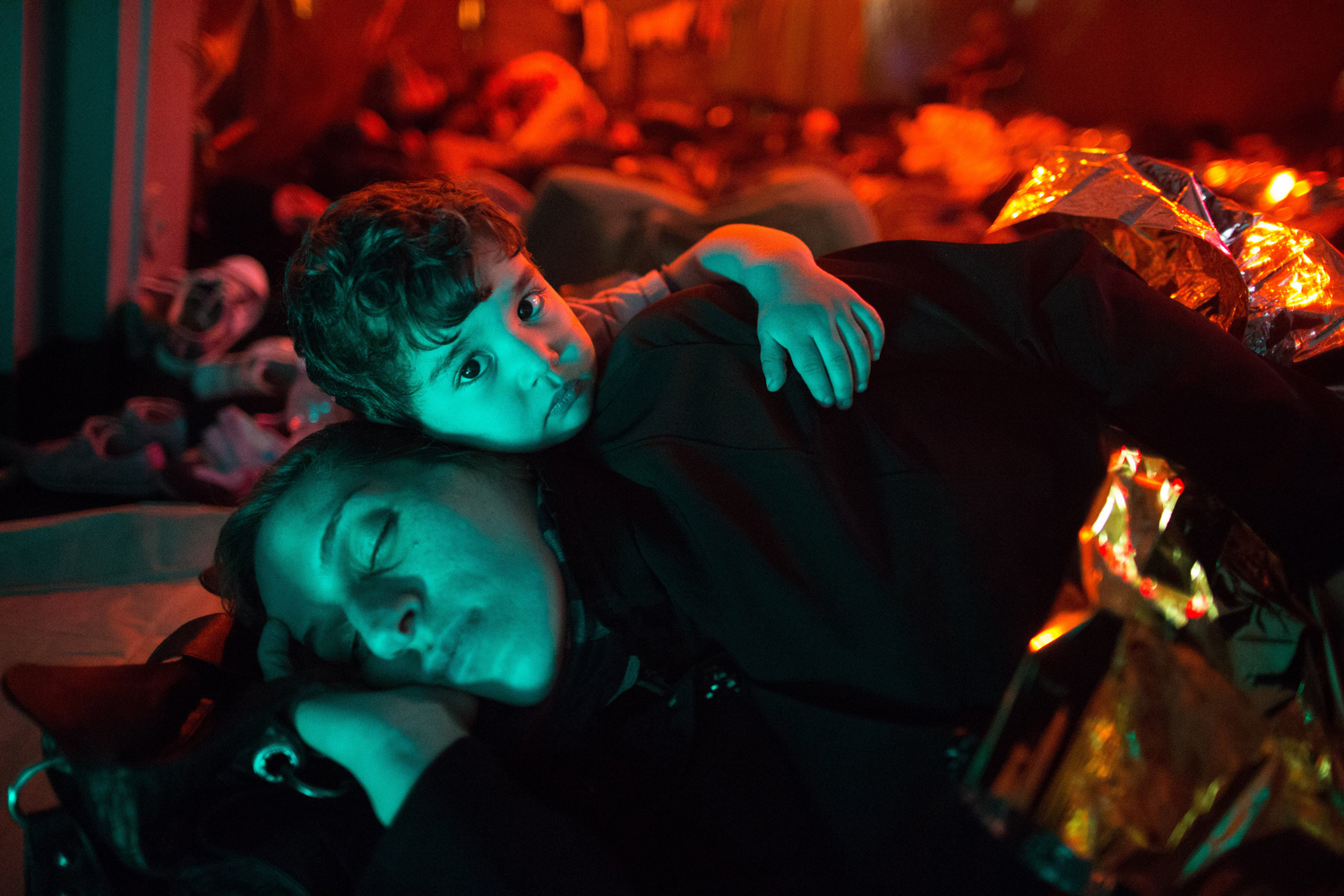
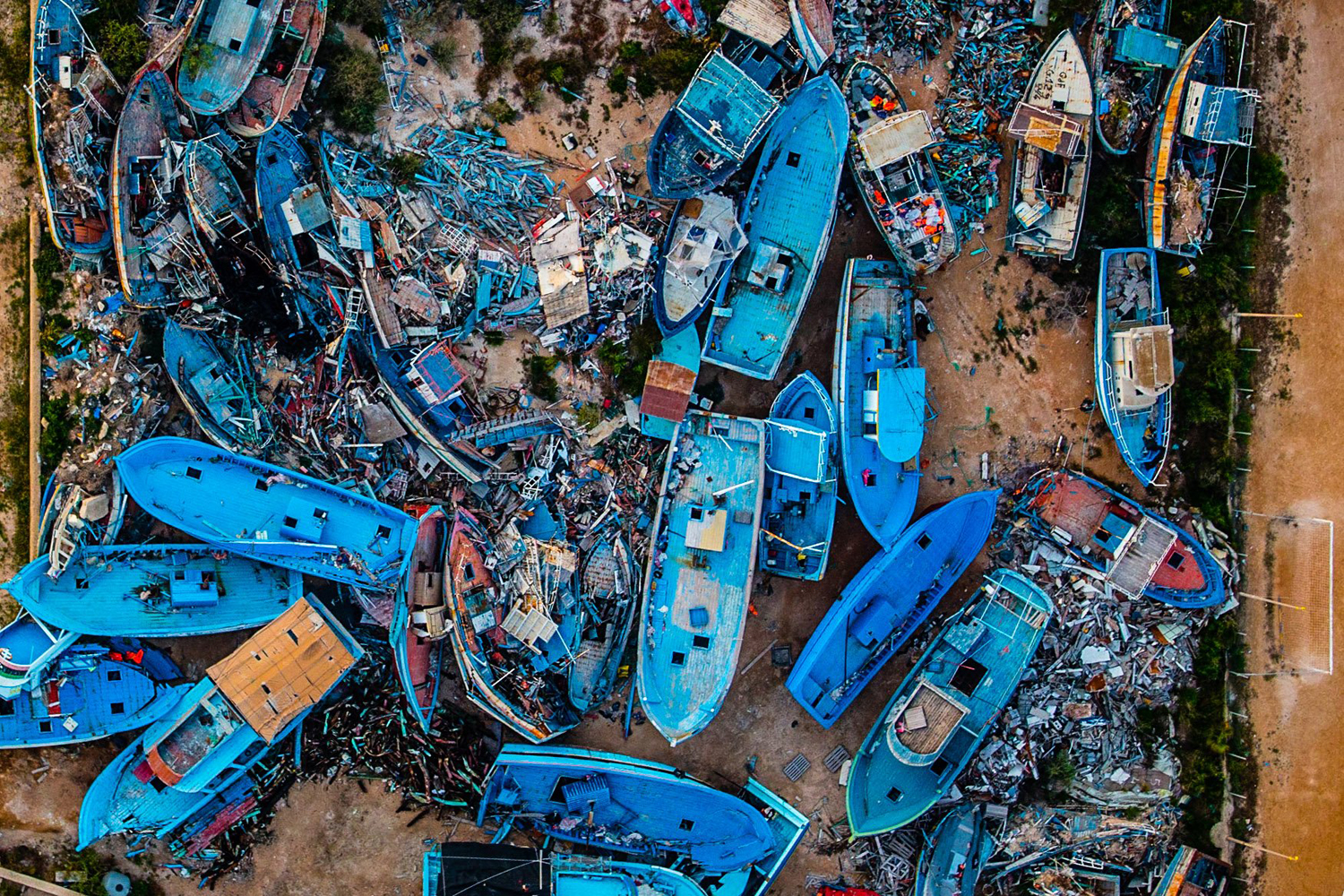
More Must-Reads from TIME
- Cybersecurity Experts Are Sounding the Alarm on DOGE
- Meet the 2025 Women of the Year
- The Harsh Truth About Disability Inclusion
- Why Do More Young Adults Have Cancer?
- Colman Domingo Leads With Radical Love
- How to Get Better at Doing Things Alone
- Michelle Zauner Stares Down the Darkness
Write to Noah Rayman at noah.rayman@time.com